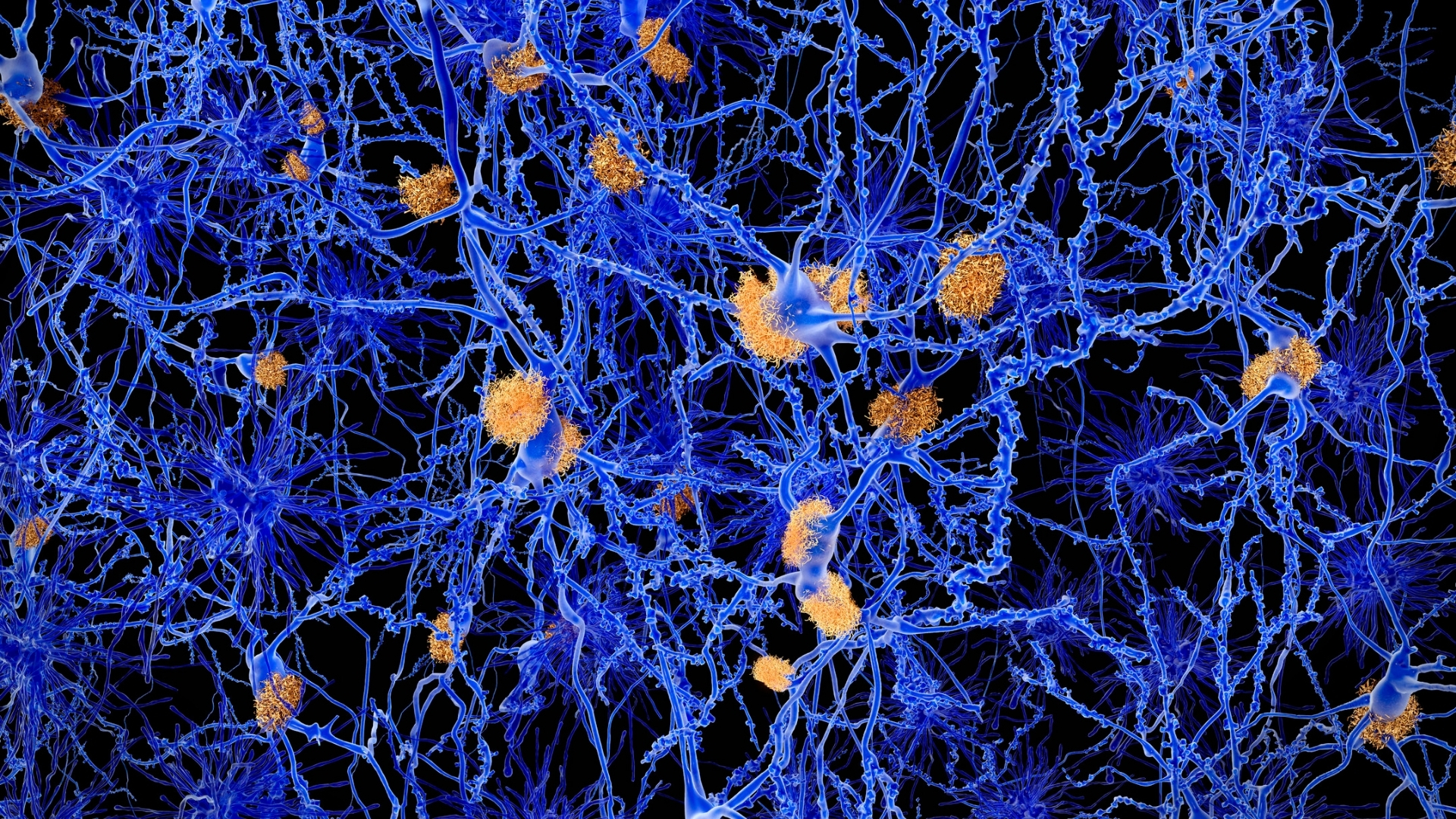What is neuronal plasticity?

Contents:
- Neuronal plasticity: a lifetime of learning and adapting
- How exactly does it work? The blood-brain barrier and its role in neuronal plasticity
- The challenge after a stroke
- The role of rehabilitation
- Efficient learning and forgetting
- The time window for successful rehabilitation
- Targeted exercises and conscientious training after a stroke
- Promoting neuronal plasticity: what you can do yourself
- Progress in research
Neuronal plasticity: a lifetime of learning and adapting
You can’t teach an old dog new tricks?
No way! Our brain changes throughout our lives. The reason for this is what is known as neuronal plasticity. You ensures that synapses, nerve cells and even entire areas of the brain can change depending on how they are used.
How exactly does it work? The blood-brain barrier and its role in neuronal plasticity
The blood-brain barrier is an essential barrier between the bloodstream and the central nervous system. It plays a crucial role in protecting the brain by filtering harmful substances from the blood and maintaining the delicate chemical balance. This balance is essential for the complex processes in the brain and therefore for neuroplasticity.
Fundamental processes of cell renewal take place in the area of the blood-brain barrier. The interaction of small blood vessels and stem cells in this region creates ideal conditions for neuroplasticity. Studies have shown that the formation of new nerve cells at the blood-brain barrier is possible even in adults. These newly formed cells migrate to stressed or damaged regions of the brain, where they are integrated and create new connections.
Supplying the brain with large amounts of energy and the right nutrients and messenger substances is crucial for neuroplasticity. The blood-brain barrier ensures that this supply is guaranteed by providing a selective permeability that only allows necessary nutrients and messenger substances to pass through, while repelling harmful substances. This ensures that the new nerve cells and synapses can develop and function optimally, which forms the basis for learning processes and the regeneration of the brain after injuries.
The challenge after a stroke
Damage to the central nervous system, such as a stroke, causes nerve cells to die and signal transmission between the cells is interrupted. However, our brain relies on a chain of nerve cells to receive and process signals so that we can feel and control our body. If cells in this chain are dead, they cannot receive and transmit the signals. DThe pulse therefore does not reach the desired location.
This is exactly what happens after a stroke. Surrounding nerve cells can take over the task of the dead cells and thus close the signaling chain again. The latest research results even suggest that new cells can be formed – something that was previously considered impossible in adults. The brain’s ability to form new cells is called neurogenesis.
The role of rehabilitation
However, this process is uncontrolled. The brain creates many new connections between nerve cells, but these then atrophy again if they are not used. Regular and repeated training is therefore very important, especially during rehabilitation. Only connections that are activated through training and strengthened through repetition remain intact. Our therapy method makes use of this principle. Our product teora mind, for example, focuses on the demands of daily life, strengthening precisely those connections that were lost as a result of the stroke and now need to be strengthened again.
Efficient learning and forgetting
Connections that are used frequently are strengthened and thus become more efficient. Our brain is designed for efficiency – superfluous connections and contacts that are used less frequently are removed to make room for the important structures. It’s good that we forget things that we don’t need. For example, we don’t have to remember every detail of a routine or be able to reproduce every conversation word for word. This is the only way we can use the connections efficiently.
The time window for successful rehabilitation
After a stroke, new connections must be created between nerve cells in order to retrain lost skills and relearn old ones. Studies have shown that rehabilitative measures are most successful when they start shortly after the stroke so that they can make the best use of the brain’s activity. After the brain has recovered from the acute trauma, a period of around 6 months begins during which the brain is particularly plastic. This means that the brain wants to repair the damage and quickly develop new connections.
Targeted exercises and conscientious training after a stroke
After a stroke, targeted and regular training is crucial to promote the formation of new synapses and nerve connections and to restore lost functions. For example, regular and intensive finger training can stimulate neuroplasticity in cases of paralysis in one arm. The frequency of the exercises plays a decisive role here: new synapses can only be formed after around one hundred repetitions. The constant repetition of certain movements stimulates the brain to create new connections and strengthen existing ones, improving motor skills and enabling paralyzed limbs to function again. Simply imagining the movements can also have positive effects by activating the same neural pathways and helping to restore function.
Promoting neuronal plasticity: what you can do yourself
There are several measures that you can take to improve and support neuronal plasticity. Regular physical activity plays a decisive role, as it promotes the formation of new nerve cells and their networking. A balanced training program consisting of endurance and strength exercises can improve cognitive functions. Mental stimulation through learning activities such as learning a new language or instrument keeps the brain active and adaptable.
Progress in research
The realization that our brain is plastic and capable of learning into old age is still relatively recent and the underlying mechanisms are still being investigated. If you would like to learn more about neuronal plasticity and neuorgenesis in adults, you can read more here:



